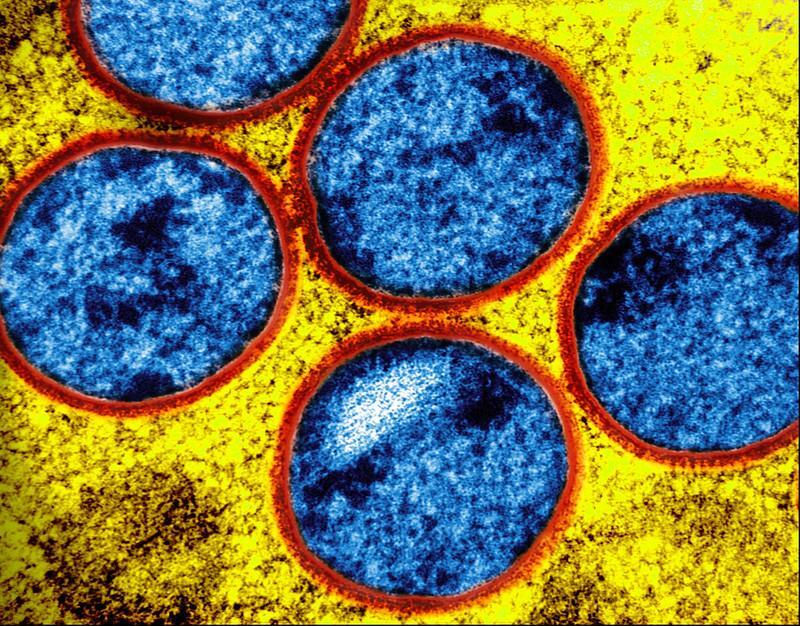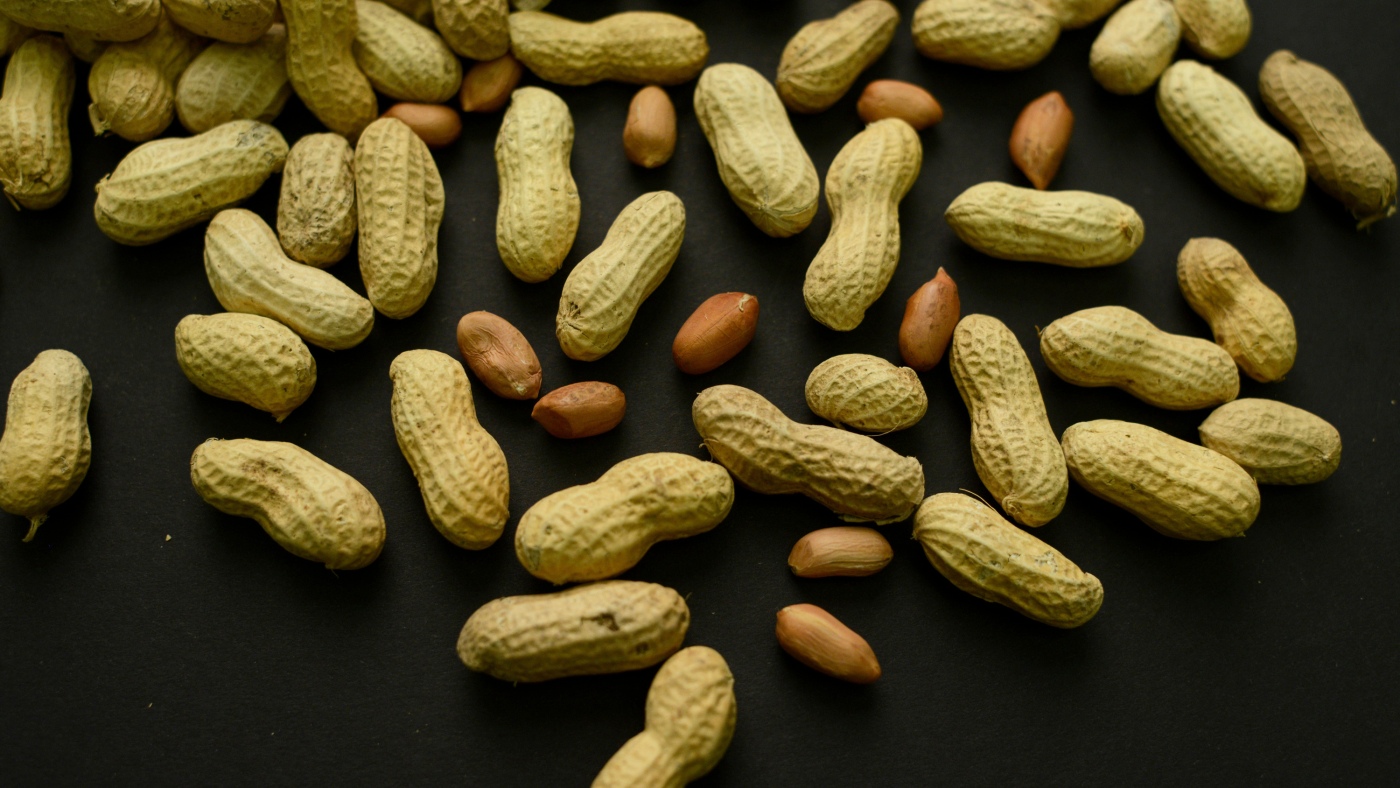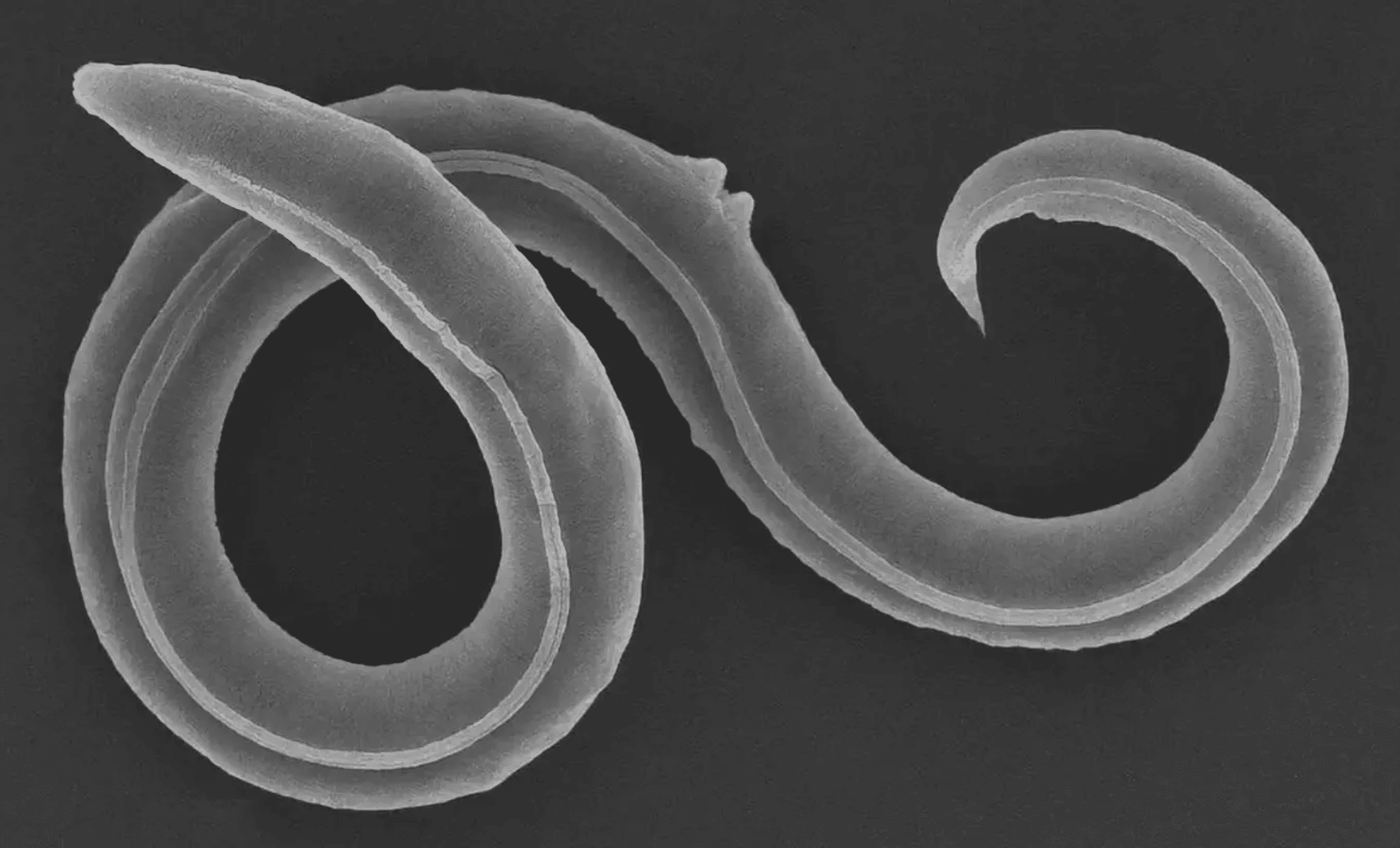In a groundbreaking study, scientists revived ancient nematode worms that had been frozen in Siberian permafrost for over 46,000 years. These tiny creatures, known as Panagrolaimus kolymaensis, emerged from a long slumber after a gentle thawing process, resuming their normal behaviors. This remarkable discovery opens the door to understanding survival mechanisms that allow life to persist under extreme conditions for millennia.
The Incredible Survival of Panagrolaimus Kolymaensis
In one of the most intriguing findings of recent times, scientists have reanimated an ancient species of nematode worm that had been trapped in Siberian permafrost since the Late Pleistocene, roughly 46,000 years ago. This discovery, which was made by researchers at the University of Cologne and other institutions, highlights the resilience of life in extreme conditions. These worms, which belong to the species Panagrolaimus kolymaensis, were discovered in a fossilized rodent burrow near the Kolyma River, a region well-known for its harsh climate and preserved prehistoric life.
The team’s efforts to study the worms began with a simple, yet profound, experiment: they thawed a small sample of ancient soil from the permafrost and observed what happened when the microscopic nematodes were gently warmed. To their astonishment, the worms began to move and exhibit normal behavior—proof that they were still alive after tens of thousands of years.
The study, published in PLOS Genetics, has profound implications for our understanding of cryptobiosis, a state in which organisms essentially “pause” their biological processes to survive extreme environmental conditions. By examining the genetic makeup of these ancient worms, researchers have begun to unravel the biological mechanisms that allowed them to endure for such a long period.
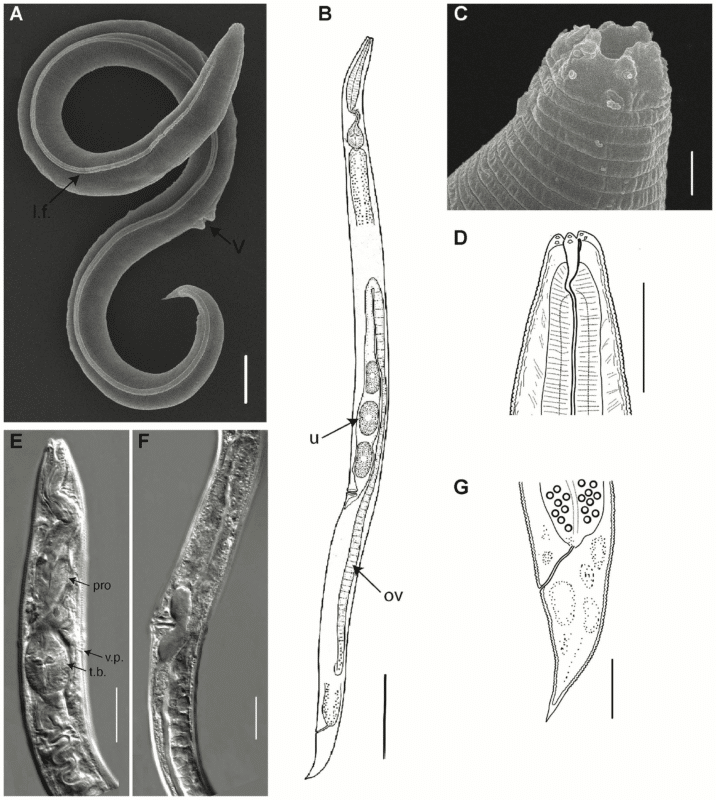
Understanding Cryptobiosis: The Secret to Long-Term Survival
Cryptobiosis, the state that enabled the Panagrolaimus kolymaensis to survive, is a biological marvel. In this dormant state, organisms slow their metabolic processes to a near halt, entering what could be described as a form of suspended animation. During this time, the worms were able to resist freezing temperatures, dehydration, and even the absence of oxygen—conditions that would normally be fatal.
What makes this discovery even more significant is the role of a sugar called trehalose in this survival process. Trehalose helps stabilize proteins and cell membranes, effectively protecting the worms’ bodies from the damage that would otherwise occur in freezing conditions. This same sugar is found in many organisms capable of entering cryptobiosis, from tiny nematodes to tardigrades, and may offer clues to improving preservation techniques for biological materials.
In their study, the researchers also found that Panagrolaimus kolymaensis shares several genetic markers with the well-studied Caenorhabditis elegans, another species of nematode. Both worms use similar mechanisms to enter cryptobiosis, including genes linked to a specialized dormant larval stage. This discovery has implications not just for understanding ancient life forms, but also for enhancing modern preservation techniques.
As Vamshidhar Gade, a doctoral student involved in the study, explained,
“Our experimental findings also show that Caenorhabditis elegans can remain viable for longer periods in a suspended state than previously documented.”
This observation is vital as it highlights the potential for preserving modern biological materials, such as cells or tissues, in a suspended, lifelike state without risking their degradation.
What Makes These Worms So Resilient?
The question of how Panagrolaimus kolymaensis was able to survive in the frozen permafrost for so long is not only a scientific mystery but also a window into the evolutionary adaptations that allowed this species to endure extreme conditions. The team’s research suggests that several factors contributed to the worms’ incredible resilience, including the unique environmental conditions of the permafrost.
Permafrost is a type of frozen soil that remains below freezing temperatures year-round. It creates an environment that is both dry and oxygen-poor, which slows down the chemical processes that typically cause biological materials to break down. This may have helped the nematodes avoid the usual cellular damage that would occur with freezing temperatures. Additionally, the low moisture levels in permafrost likely contributed to the worms’ ability to avoid dehydration, another crucial factor for survival.
Researchers also learned that the worms’ genomes were equipped with special adaptations that allowed them to enter and exit the cryptobiotic state with ease. The study’s authors suggest that this genetic resilience could help in preserving biological materials in a similar manner in the future, especially in the context of biobanking and medicine.
“We have shown that nematodes have developed mechanisms that allow them to preserve life for geological time periods,” said Philipp Schiffer, co-leader of the study and expert in biodiversity genomics.
This understanding could one day lead to advancements in how we store biological specimens, including human tissues and organs, for long-term use.
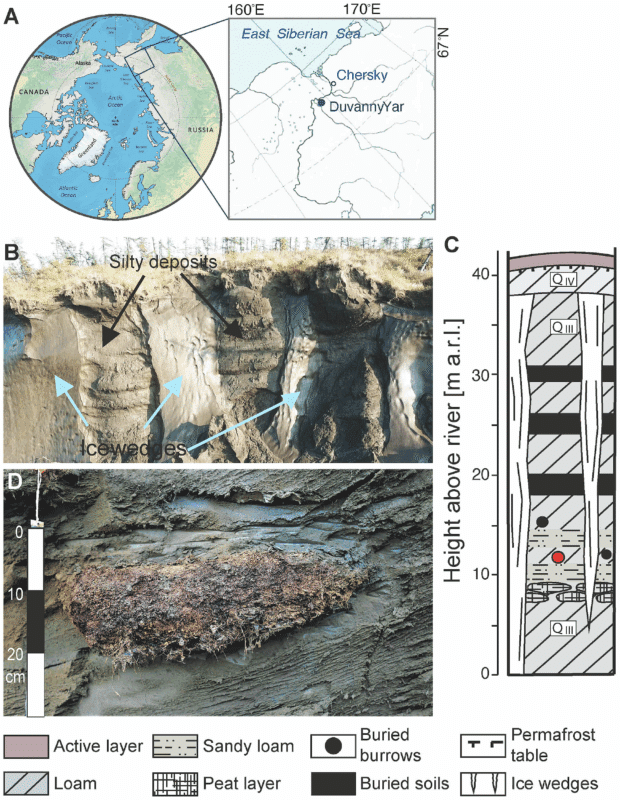

Potential Applications in Medicine and Biobanking
The practical implications of this research are far-reaching, particularly in fields such as biobanking, which involves the long-term storage of biological samples for research and medical purposes. By understanding how organisms like Panagrolaimus kolymaensis survive extreme conditions, scientists may be able to develop better techniques for freezing and preserving living cells, tissues, and even organs for transplantation.
The study also highlights the potential for using cryptobiosis to extend the viability of biological samples. For example, researchers could freeze cells or tissues and then rehydrate them later, allowing for more effective and less chemically dependent preservation methods. As Panagrolaimus kolymaensis demonstrates, life can persist in a suspended state for far longer than we previously thought possible, offering a new frontier in medical preservation.
By learning how nature has adapted to extreme environments, scientists hope to create new methods for storing living materials that are both safer and more efficient. These findings may also help in reducing the reliance on chemicals like cryoprotectants, which are often used in traditional freezing methods but can be toxic to cells.
First Appeared on
Source link






